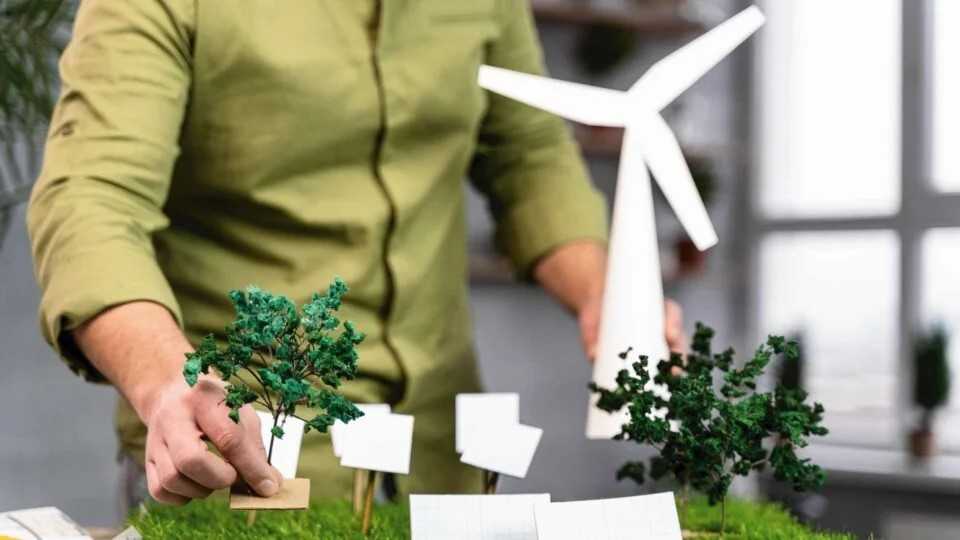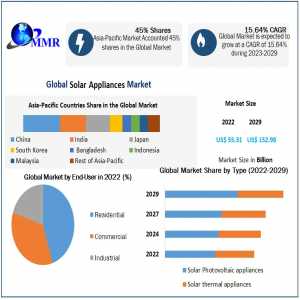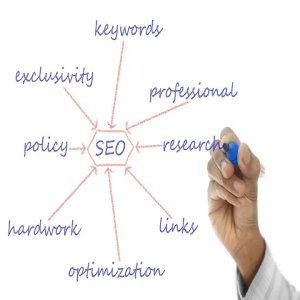
How Governments And Corporations Are Advancing Low-Carbon Goals In 2025

As climate concerns grow, 2025 marks a crucial year for accelerating low-carbon solutions. Governments, businesses, and industries worldwide are prioritizing strategies to reduce carbon footprints, enhance energy efficiency, and transition toward renewable energy sources. With new policies, technological advancements, and sustainable innovations shaping the future, the shift to a low-carbon economy is gaining momentum.
Table of Contents
- The Need for Low-Carbon Solutions
- Key Technologies Driving Decarbonization
- Government Policies and Regulations
- Business and Industry Initiatives
- The Future of Low-Carbon Innovations
The Need for Low-Carbon Solutions
Global carbon emissions continue to impact the environment, causing rising temperatures and extreme weather patterns. The urgency to adopt low-carbon solutions stems from the need to curb climate change, improve air quality, and create a more sustainable economy. Energy production, transportation, and manufacturing are among the top sectors driving carbon emissions, making their transition to cleaner alternatives essential.
Key Technologies Driving Decarbonization
- Renewable Energy: Solar, wind, and hydropower are replacing fossil fuels in power generation.
- Energy Storage: Advanced battery technologies enhance renewable energy reliability.
- Green Hydrogen: A clean alternative to fossil fuels for industrial and transportation use.
- Carbon Capture and Storage (CCS): Reducing emissions by capturing and storing CO2 from industrial activities.
- Smart Grids: AI and IoT-driven energy networks improve efficiency and reduce waste.
Government Policies and Regulations
Governments worldwide are introducing policies to accelerate the adoption of low-carbon solutions. Carbon pricing, tax incentives for renewable energy investments, and stricter emission regulations are driving change. International agreements, such as the Paris Agreement, continue to influence national strategies in reducing greenhouse gas emissions.
Business and Industry Initiatives
Companies are embracing sustainability by investing in green technologies and reducing their environmental impact. Corporations are setting net-zero targets, adopting circular economy models, and integrating eco-friendly supply chains. The rise of corporate sustainability reporting highlights the growing importance of accountability in reducing carbon footprints.
The Future of Low-Carbon Innovations
The next wave of low-carbon solutions will be driven by advancements in artificial intelligence, biotechnology, and sustainable materials. Future developments will focus on improving energy efficiency, expanding clean transportation, and enhancing carbon offset programs. As technology progresses, the global transition to a low-carbon economy will accelerate.
For More Info: https://bi-journal.com/low-carbon-solutions-in-2025/
Conclusion
The push for low-carbon solutions in 2025 is shaping a more sustainable future. Governments, industries, and businesses are collaborating to reduce carbon emissions, invest in clean energy, and implement innovative strategies. With ongoing advancements, the shift toward a low-carbon economy will continue to gain momentum, creating long-term environmental and economic benefits.
Author Bio
Article Comments
No Comments!
At present there are zero comments on this article.
Why not be the first to make a comment?
Similar Articles
Search Pages
User Upgrade
account to full use of editor,
Including hyperlinks
Article Categories
There are zero sub-categories in this parent category.
There are zero sub-categories in this parent category.

















